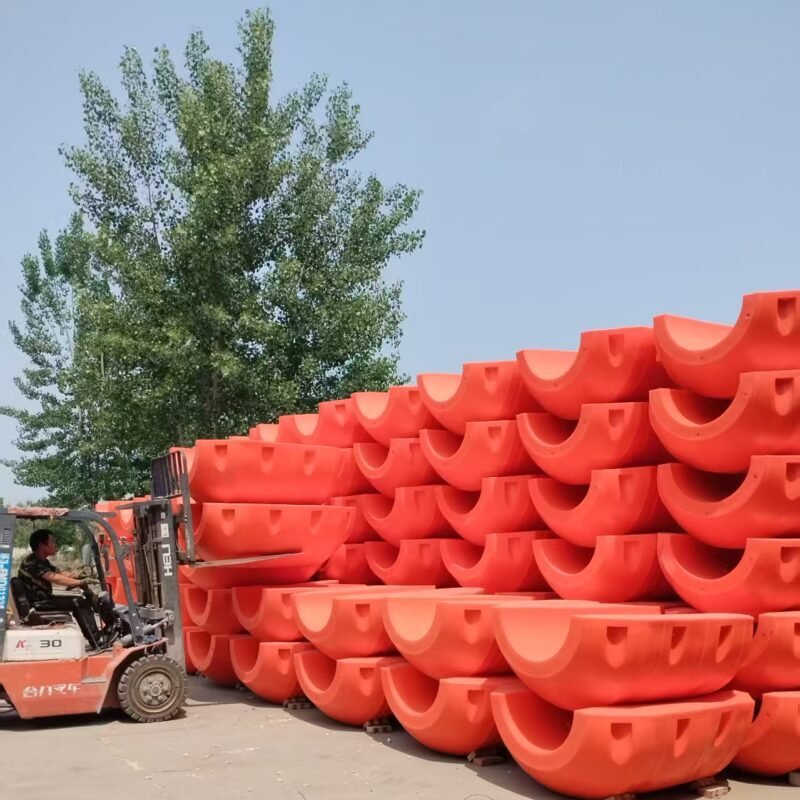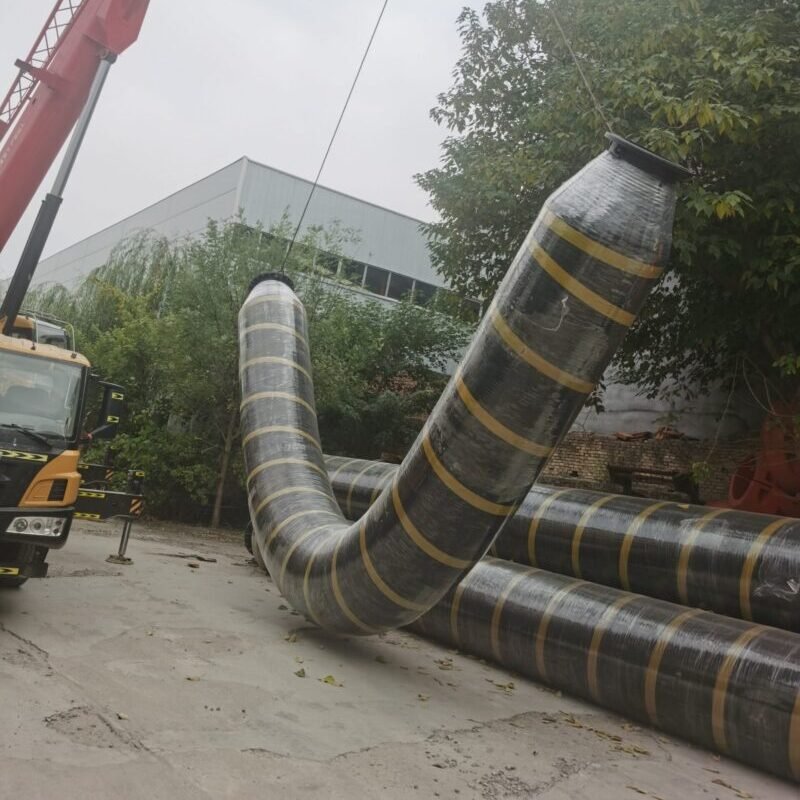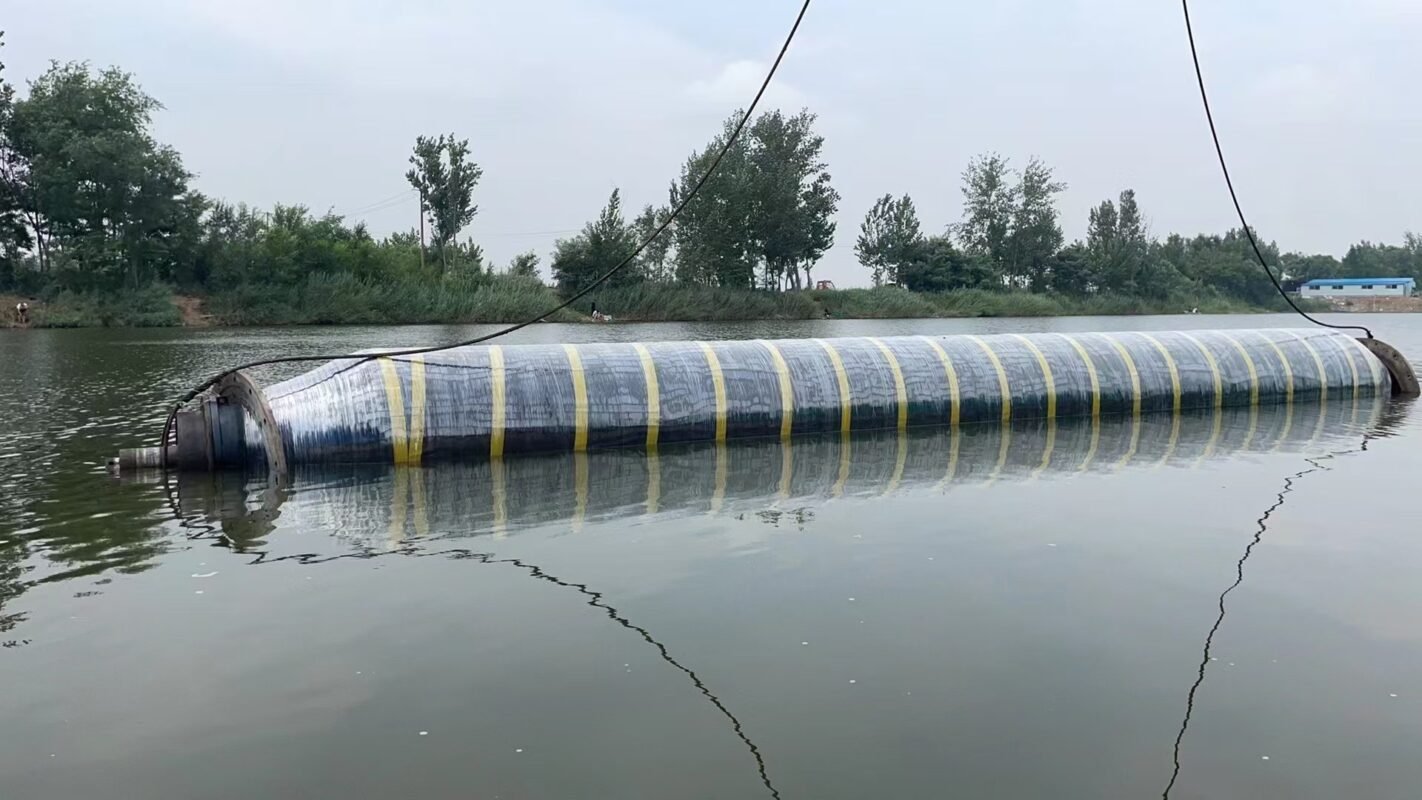How to assess the quality of polyethylene float?

Assessing the quality of polyethylene floats involves evaluating material properties, production processes, structural design, and suitability for the intended environment. Here are specific methods for evaluation:
1. Material Quality
– Raw Material Type
– New Material (HDPE): High-density polyethylene (HDPE) offers excellent performance with strong resistance to aging and corrosion, low density (0.93-0.97 g/cm³), and good buoyancy.
– Recycled Material: Floats made with recycled materials are cheaper but have significantly reduced strength, weather resistance, and lifespan. Initial assessment can be done by checking if the surface is rough, has impurities, or uneven coloration.
– Additives
– High-quality floats should contain UV stabilizers and antioxidants to prevent brittleness and cracking during long-term outdoor use. Request material composition reports or aging test data from suppliers.
2. Production Process
– Molding Process
– Rotational Molding: Produces seamless, uniform wall thickness, and excellent waterproofing, suitable for large floats.
– Blow Molding/Injection Molding: Suitable for small floats; check for weld seams that may leak.
– Inferior products may have issues such as air bubbles, uneven wall thickness, or insufficient internal support structures.
– Structural Design
– Should have reinforcing ribs or honeycomb structures to enhance compressive strength (important for floats used in docks or offshore platforms).
– Check for installation holes, anti-slip patterns, and other detailed designs.
3. Performance Testing
– Buoyancy Calculation
– The float’s buoyancy must exceed its own weight plus the load it carries (Archimedes’ principle). Calculation formula:
Buoyancy = Displaced Volume × Water Density
Example: A 1m³ polyethylene float in water has net buoyancy ≈ 1000kg – float weight (about 50-100kg).
– Physical Properties
– Compressive Strength: Deformation under static load (e.g., applying 1.5 times working pressure for 24 hours and observing for cracks or permanent deformation).
– Impact Resistance: Drop heavy objects onto the float to check for cracks (simulating wave impact).
– Sealing: Submerge the float in water to check for leaks (especially around welds or joints).
– Environmental Adaptability
– Weather Resistance: Passes UV accelerated aging tests (e.g., strength retention rate >80% after QUV test for 500 hours).
– Corrosion Resistance: Observe surface changes after soaking in acidic, alkaline, or oily environments.
4. Appearance and Details
– Surface Quality
– High-quality floats have smooth surfaces free of burrs or shrink holes, with even coloration (usually more durable than painted ones).
– Inferior products may show visible mold lines, indentations, or impurities.
– Accessories Quality
– Check metal connectors (like stainless steel bolts) for rust resistance and sealing gaskets for aging resistance.
5. Certification and Standards
– Industry Standards
– Compliance with ISO 17357-1 (international standard for floats) and ASTM D4883 (performance testing of polyethylene).
– Marine floats must meet IMO environmental requirements (e.g., non-polluting materials).
– Supplier Qualifications
– Request third-party test reports (such as SGS) and warranty periods (high-quality floats typically come with 5-10-year warranties).
6. Practical Application Verification
– Case References
– Ask suppliers about successful cases in similar scenarios (e.g., aquaculture, floating bridges, marine engineering).
– Inspect old products on-site for signs of fading, deformation, or biofouling.
– Cost Efficiency
– While cheaper floats may save costs initially, they often require frequent replacements over time. Calculate the lifecycle cost (LCC) for better decision-making.




